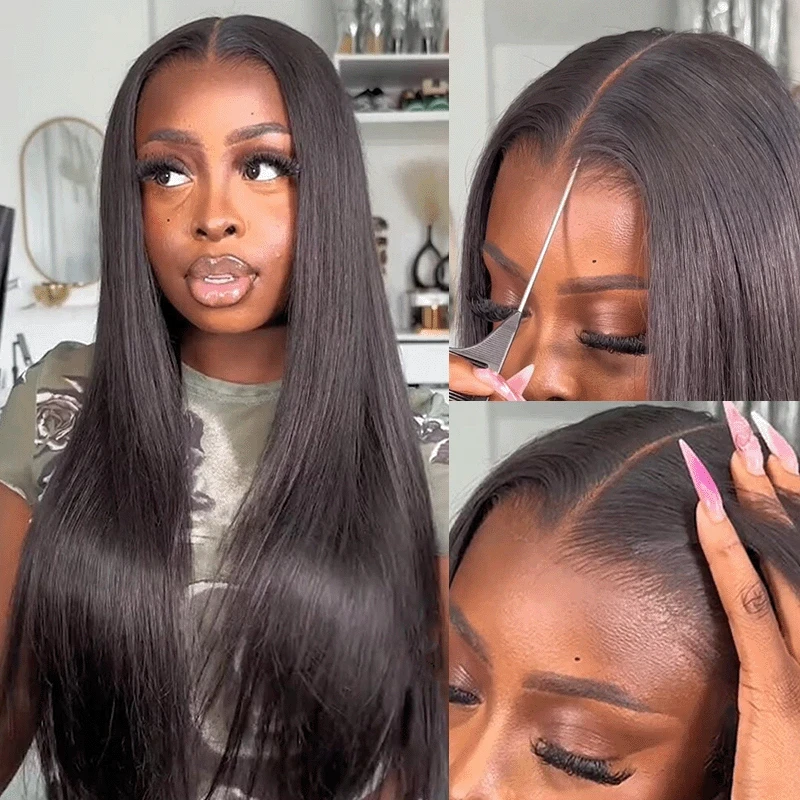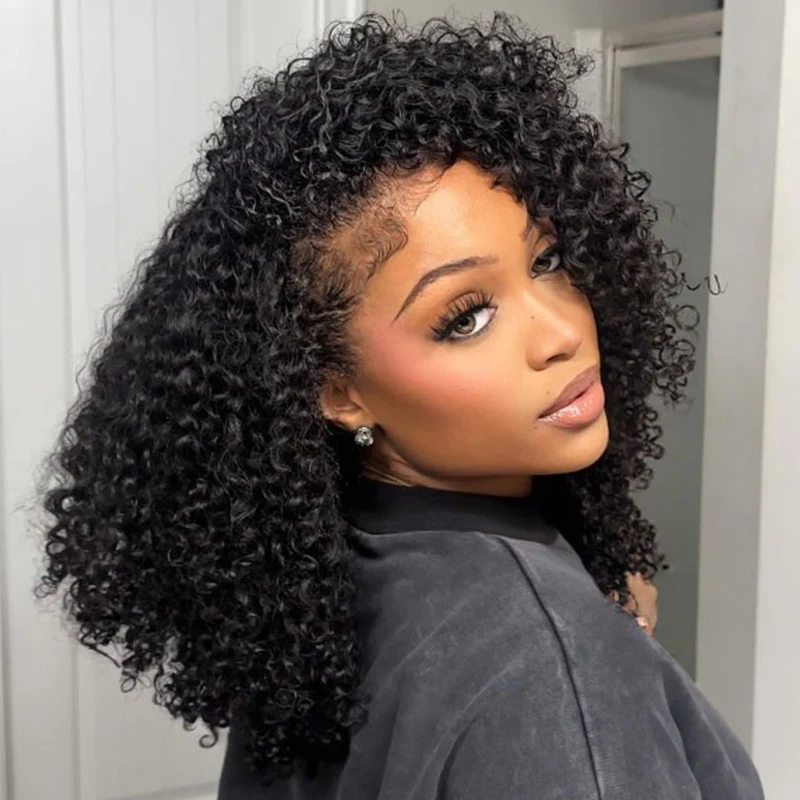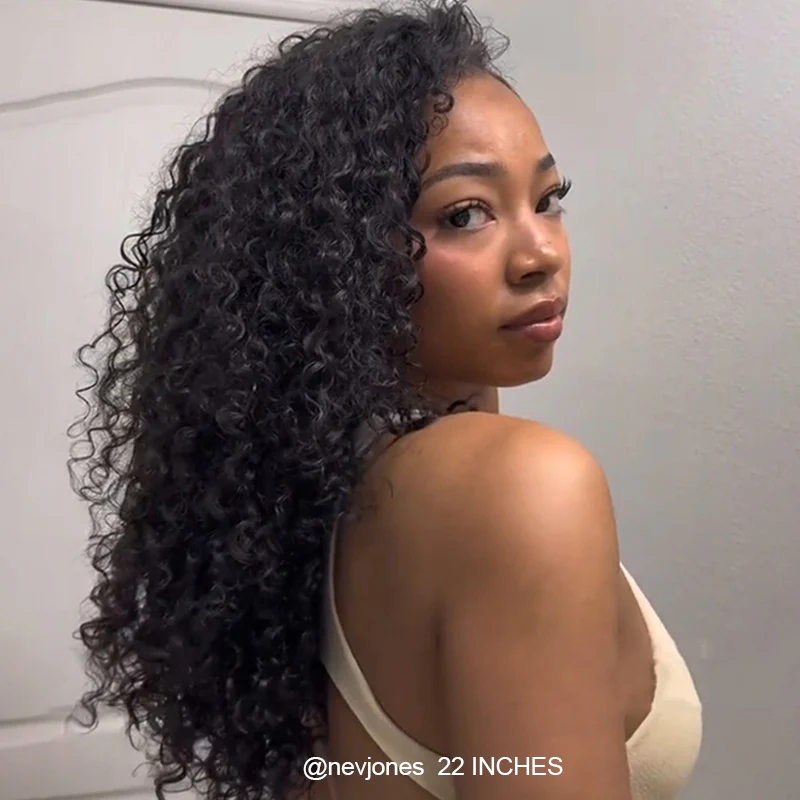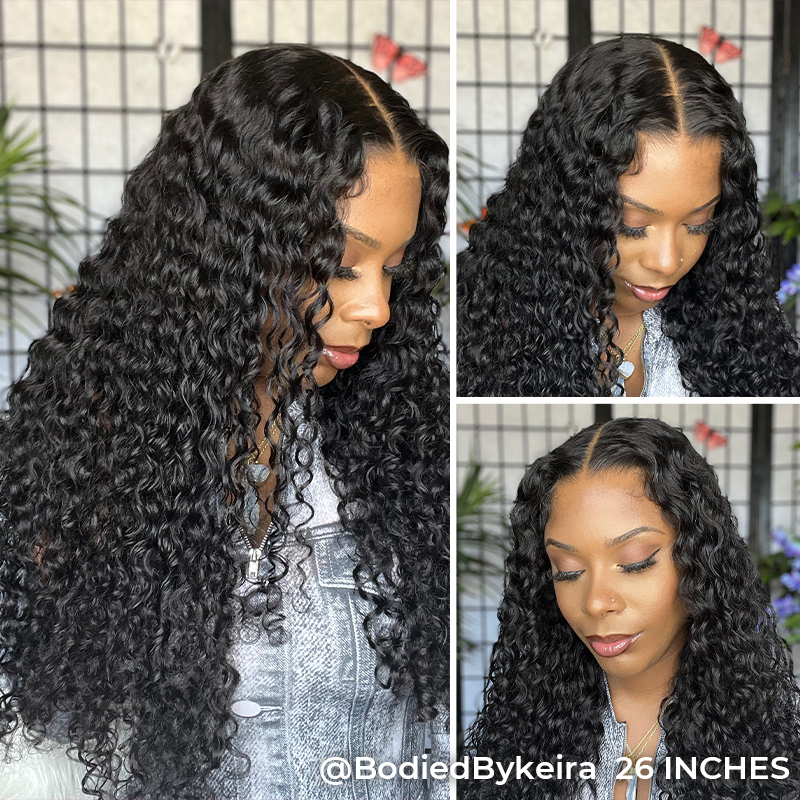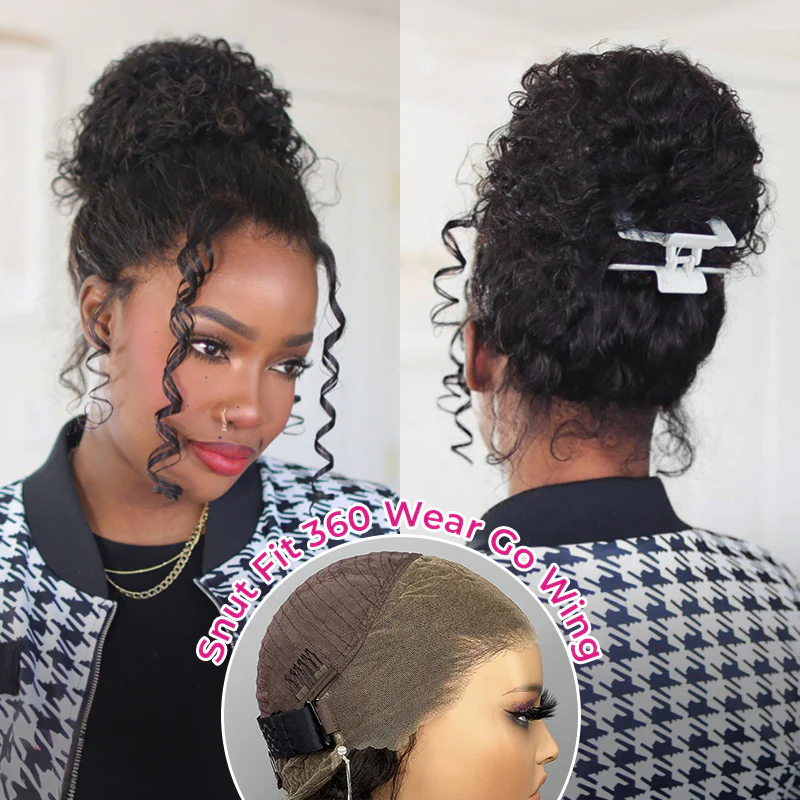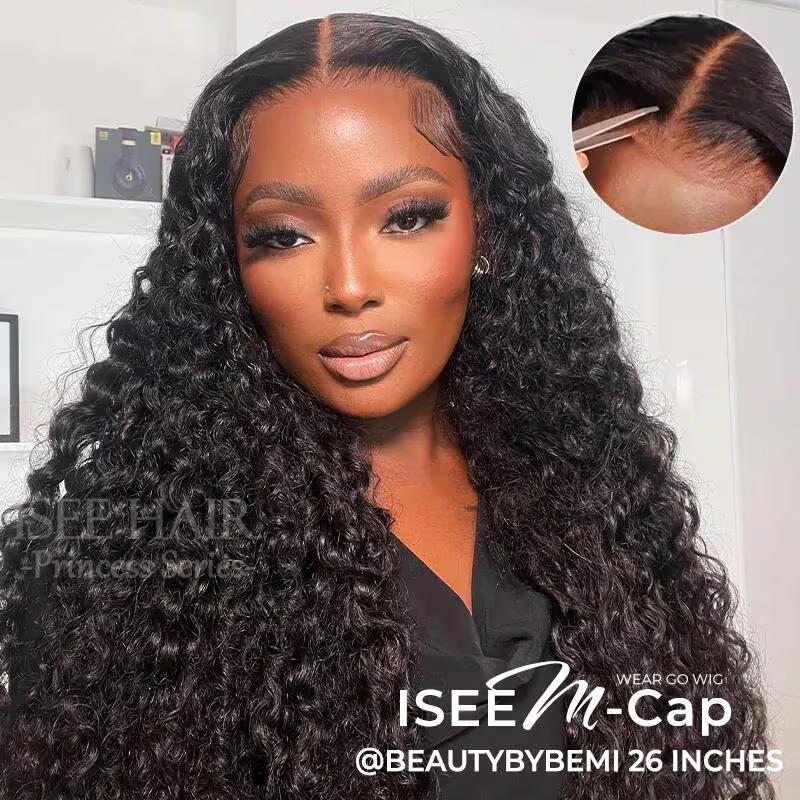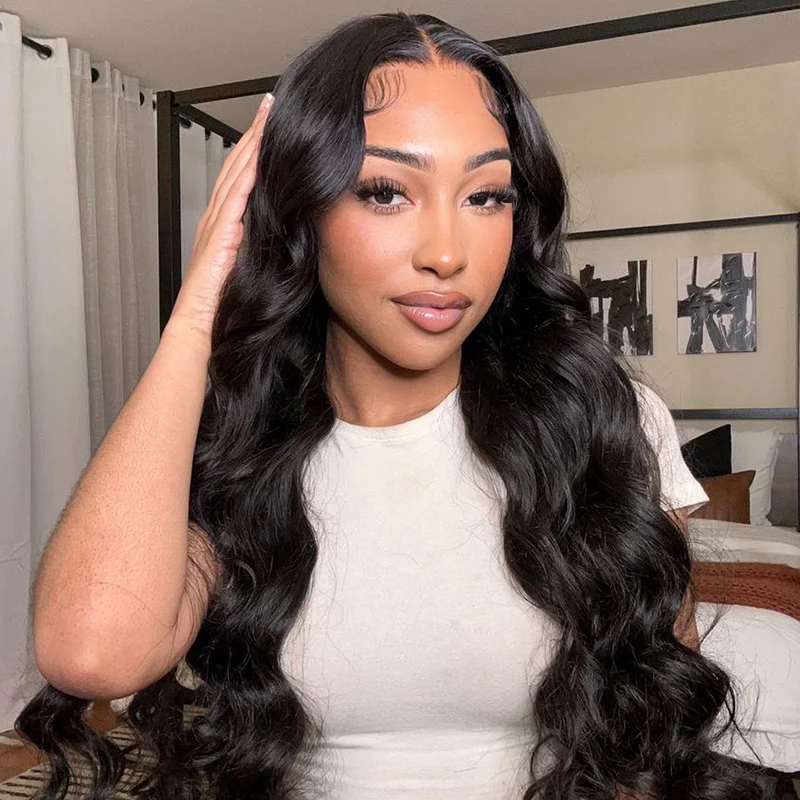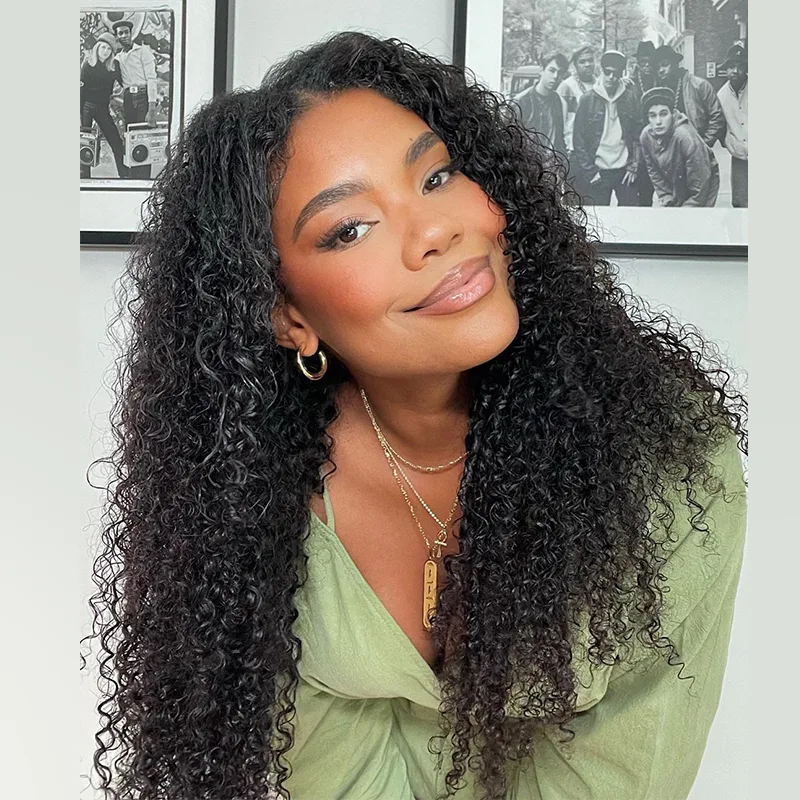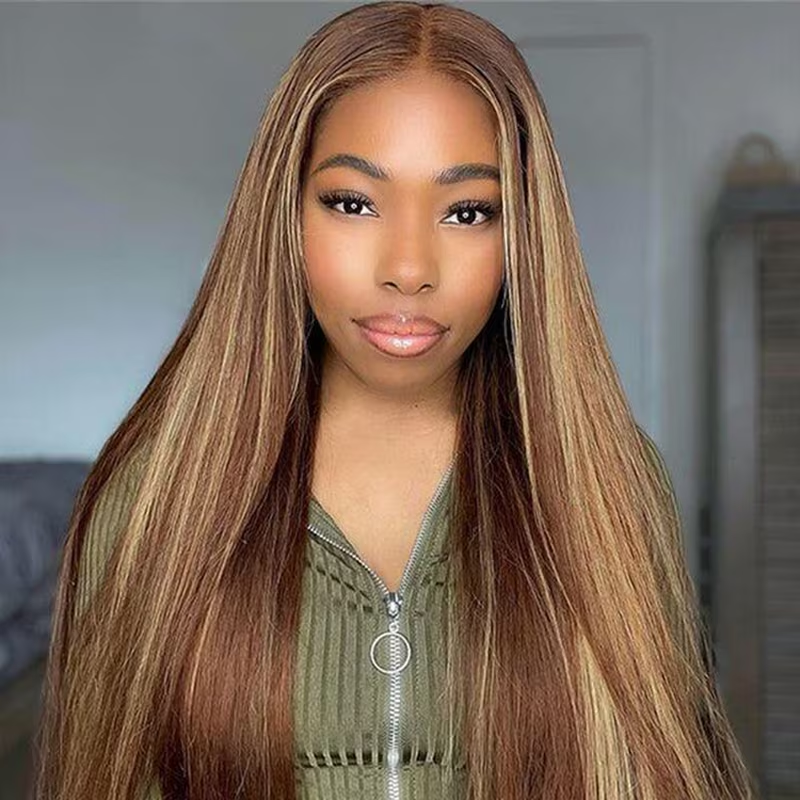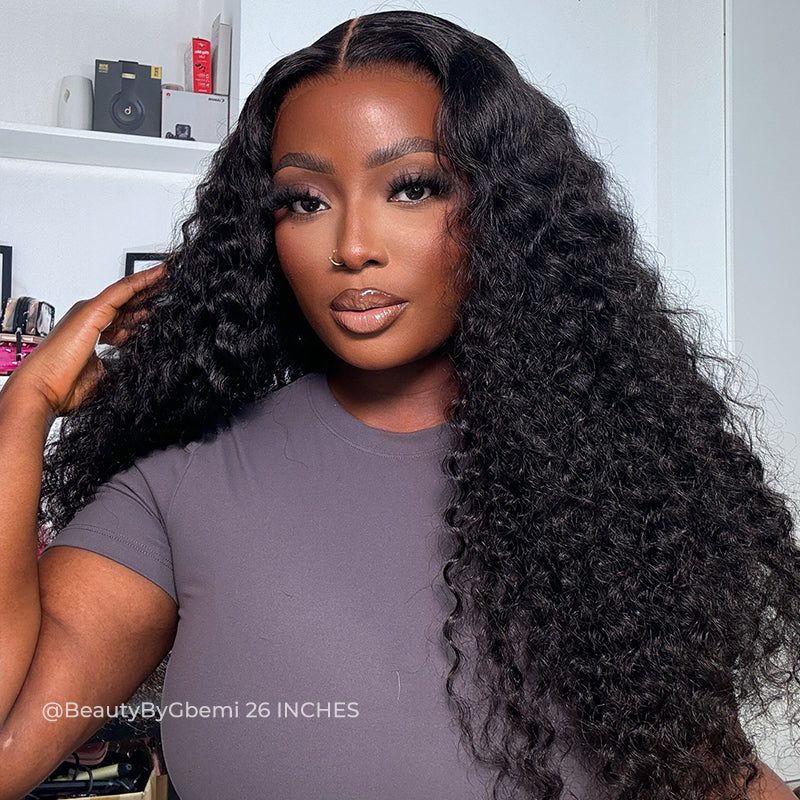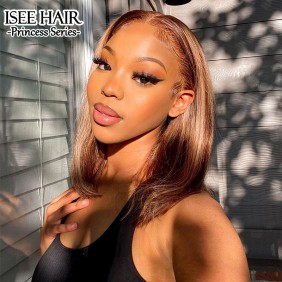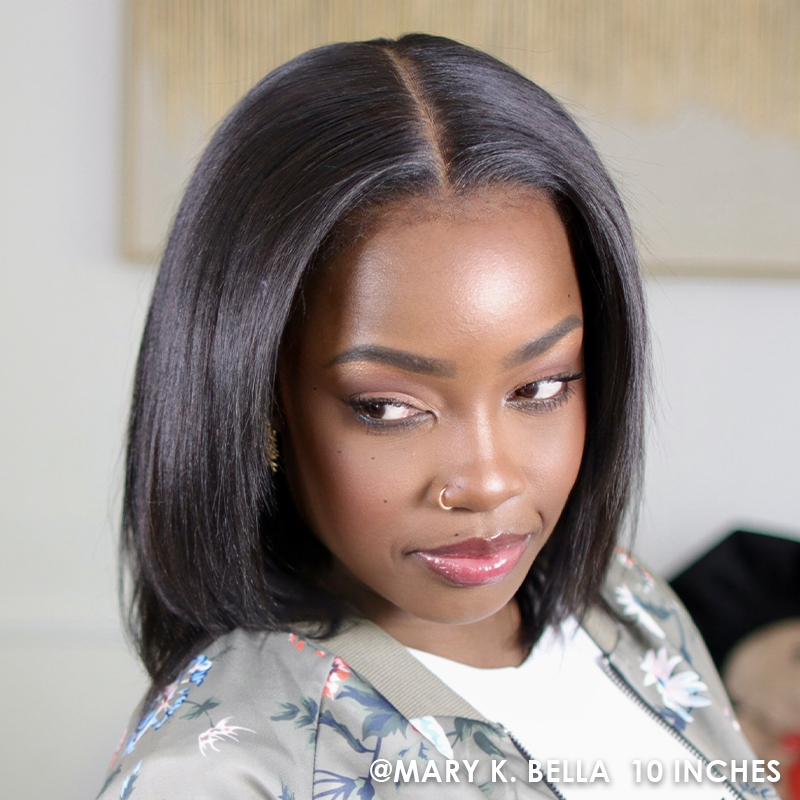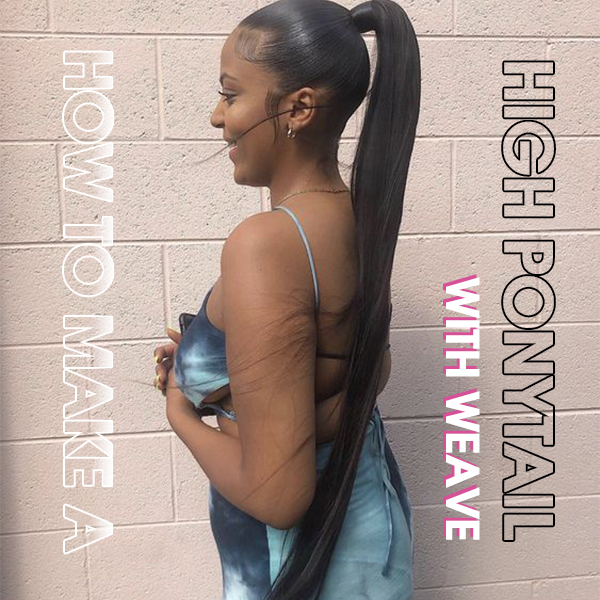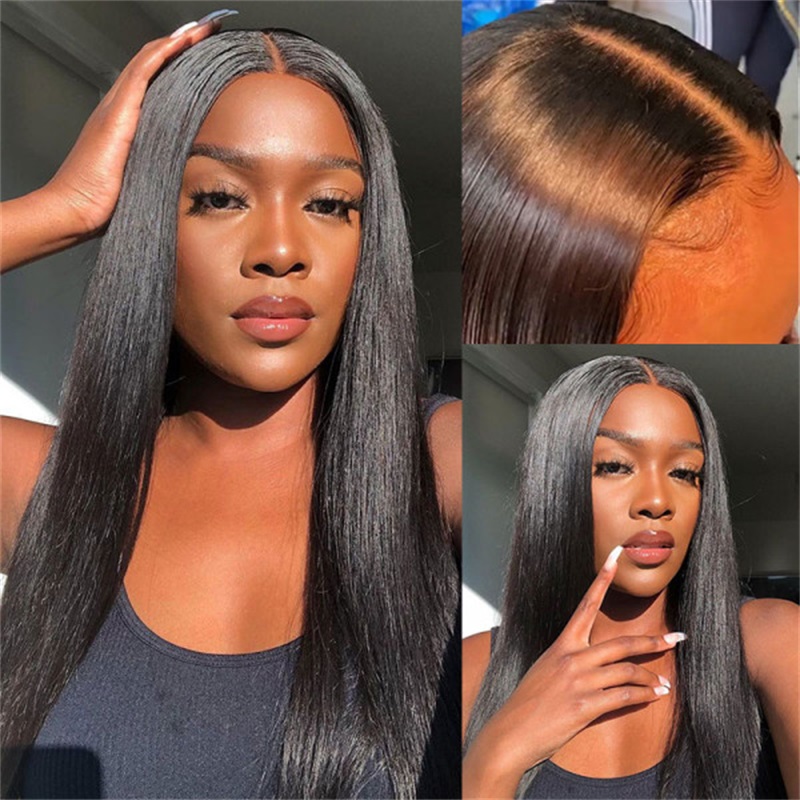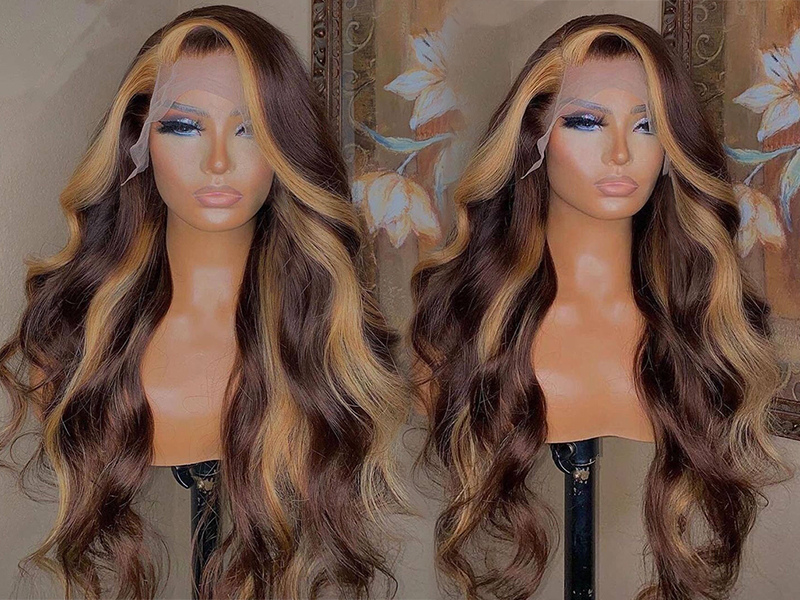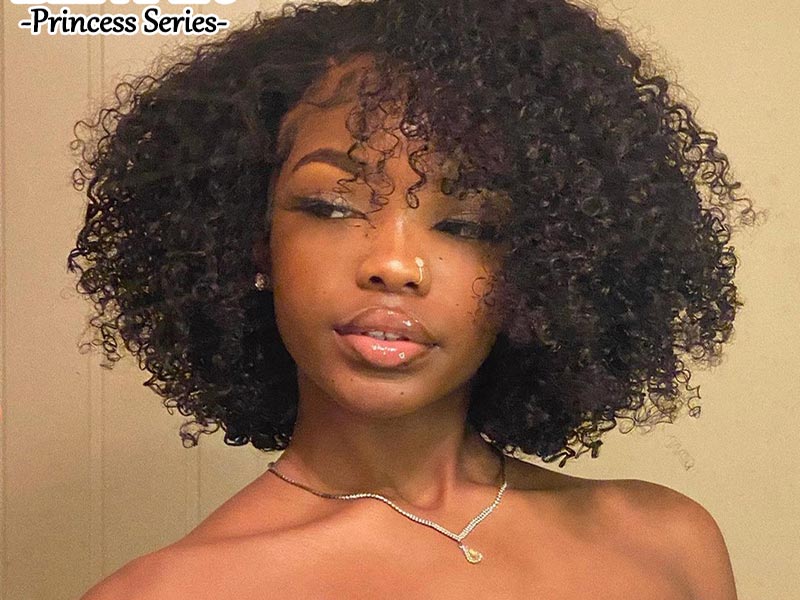For wig wearers, one crucial factor that often gets overlooked is wig density when getting a new wig. The right density can make all the difference in how your wig looks and feels. So in this blog, we’ll share valuable insights on how to select the perfect wig based on wig density. Let's dive in.
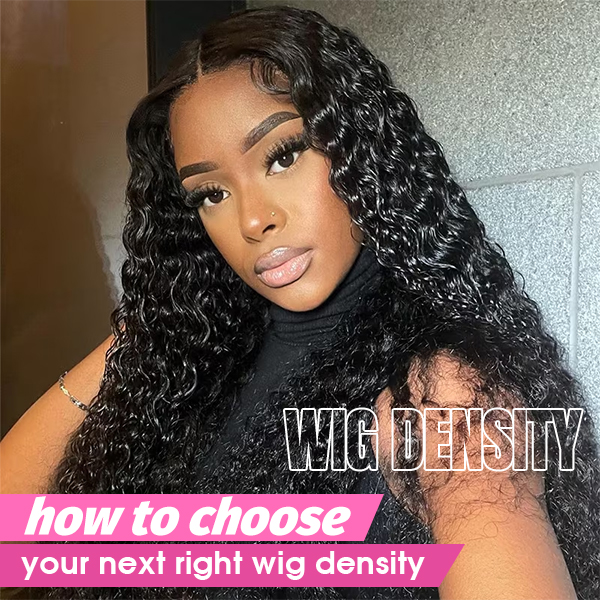
What Does Wig Density Actually Mean?
Wig density refers to the thickness or fullness of the hair on a wig. It is typically measured by the number of hair strands in a square inch on the wig cap. Wig density can vary, range from extra light (about 60%) to extra heavy (about 200%). The higher the wig density, the more hair the wig has, making it appear fuller and more voluminous. Lower-density wigs have less hair and can appear more natural and lightweight.
How Wig Density Is Classified?
Wig density is measured in percentages. Understanding the different percentages and what they actually mean will help you effortlessly shop for your next wig. The classifications can vary somewhat between different wig manufacturers, but the following are general guidelines for how wig density is typically categorized:
60%-90% wig density: Wig density in the range of 60% to 90% is considered relatively low density. This density of wigs is said to be particularly lightweight.
100%-110% wig density: Wigs within this density range is considered another low density. They are light when wearing, so you won't feel you are wearing a wig.
120%-130% wig density: This density is very common in the wig market. Wigs in this density range provide a good balance between naturalness and added subtle volume. It is suitable for many.
150%-180% wig density: These density wigs are a bit fuller. It is popular and often chosen by those who want to add volume and thickness to their hairstyle without going to the extreme.
200% wig density: A wig with a density of 200% is considered a high-density wig. When choosing a wig with 200% density, it is ideal for longer length wigs.
250% wig density: Wigs with 200% density are exceptionally full, thick, and voluminous. providing an exaggerated and intense look with a significant amount of hair.
Lower Density Wig: (60%-110%): Wigs with lower density have less hair, making them preferred by individuals who have thinner hair.
Medium Density Wig: (120%-150%): This wig density range is a popular choice because they offer versatility and work well for various styles.
Higher Density Wigs (160% and above): Wigs with high density have a very full and lush appearance. These wigs are selected for dramatic or glamorous looks but may feel heavier and require more care and maintenance.
Wig Density Chart
There are so many options when choosing wig density. A wig density chart is a visual representation or guide that helps individuals understand the different levels of wig density and select the one that suits their preferences and needs.
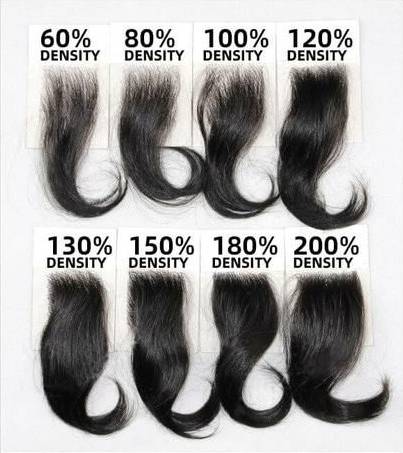
Why Wig Density Matters?
Wig density does matter! It directly impacts the wig's appearance, comfort, styling options, and price. By selecting the right density, you can achieve the desired aesthetic, comfort level, and style for your unique needs, whether you're looking for a natural appearance, a fashion statement, or a solution for hair loss.
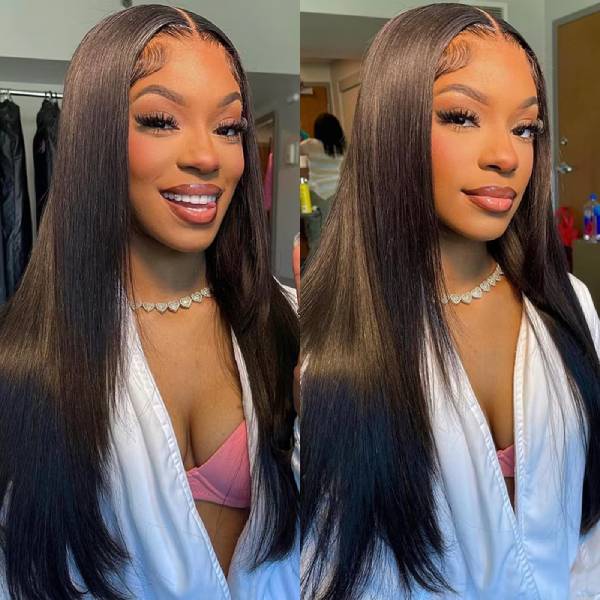
Appearance-Wig density directly affects how the wig looks on your head. Higher-density wigs look fuller and more voluminous, while lower-density wigs appear more natural and lightweight.
Comfort-The density of a wig impacts its weight and breathability. Lower-density wigs are usually lighter and more breathable, making them comfortable for extended wear, especially in hot weather. Higher-density wigs can feel heavier and warmer, which may be less comfortable for some individuals.
Wig maintenance-High-density wigs may require more care and maintenance to keep them looking their best.
Price-High density wigs are more expensive than low-density wigs. The higher the density, the more expensive it is. Knowing this will enable you to choose a one suitable density human hair wig more wisely based on your financial situation.
Styling options-Different occasions and styles call for varying levels of volume and thickness. Lower-density wigs are suitable for everyday wear, while higher-density wigs can be used for special events, theatrical performances, or when you want a more dramatic appearance.
How To Choose The Right Wig Density?
Personal style and preference: Think about your personal style and how you want to look with the wig. Do you prefer a more natural, subtle appearance, or are you going for a bold and voluminous style? In addition, remember that shorter wigs work well with low density whereas longer, straight wigs work best with high density.
Your natural hair density: If you want the wig to look and feel as close to your natural hair as possible, choose a density similar to your natural density is the best choice. Choose a wig that the density is around 120% to 150% range if your hair is fine. However, if you have very thick and full natural hair, a high-density wig between 160% and 250% can give you that natural look.
Occasion and purpose: Determine the primary purpose of the wig. Different occasions and purposes may require different densities. For everyday wear, a medium-density wig is often a safe choice. Special occasions or performances may warrant higher-density wigs.
Your lifestyle: Are you a regular exerciser or sweaty person? If so, lower-density wigs can make you more comfortable and cooler for extended wear, especially in hot weather.
Wig textures:Think about what texture of wig you would like to purchase, straight or curly? As we all know, a curly wig will look more voluminous than straight wigs at the same density. So for curly texture wigs, there's no need to go for a higher density. On the other hand, a straight wig will look better with for a higher density.
How To Caring For Different Wig Densities?
There is no doubt that all wigs need to be carefully cared for to minimize tangling, shedding and prolong the life of the wig. But for wigs with different densities, requires slightly different approaches to maintain.
Since low-density wigs naturally have very little hair, it's important to maintain them clean. Also, wash the wig with a mild lighter specific shampoo products to avoid weighing the wig's strands down.
Medium-density wigs are the easiest wigs to take care of. Clean the wig with a wig-specific shampoo and cold water, being gentle to avoid tangling. A slight increase in density means these wigs can handle a bit more care.
For high-density wigs, because of the large amount of hair on the wig, it may take longer to condition each time, plus more hair care products will need to be used.
Conclusion
So, the next time you're ready to invest in a new wig, remember to consider the density. It's a small detail that can make a big difference, helping you look and feel your best, no matter the occasion.
180% Density ISEE Wear Go Glueless lace Wig Kinky Curly Pre Plucked with Natural Hairline
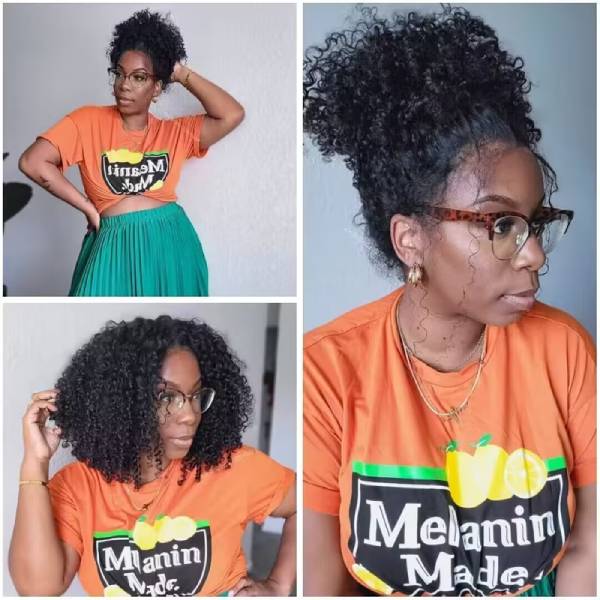
You might want to check these posts:
What Are Different Wig Textures?
How to Purchase Good Wigs-tiny knots


 {{ wordsItem.word }}
{{ wordsItem.word }}


 {{ item.rate }}
{{ item.rate }} 










